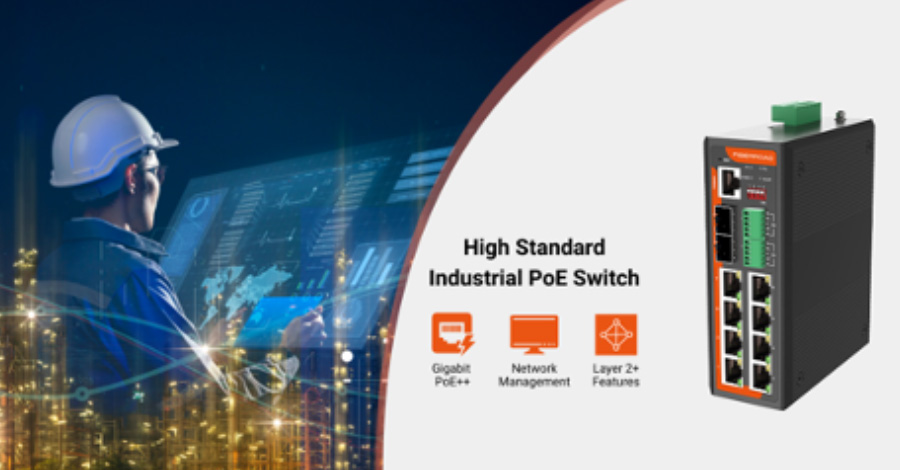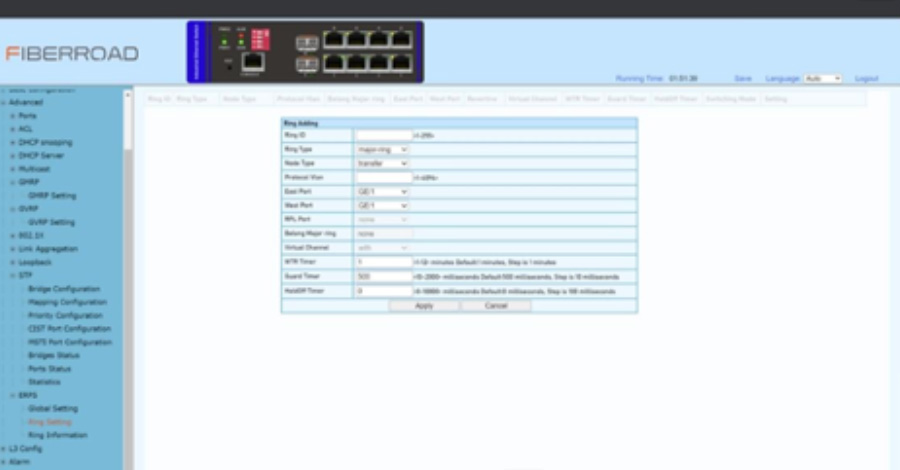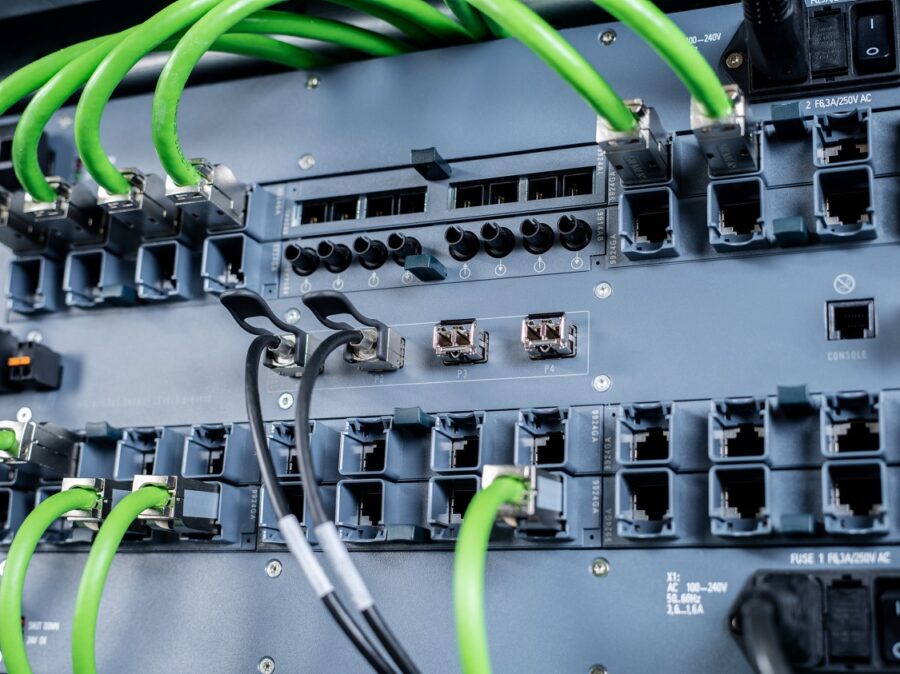By Kaulana Akamu, Industrial Network Specialist, Fiberroad IIoT
Industrial Ethernet switches are an important part of any company’s network. They provide constant power and communication to the network, eliminating multiple points of failure. An industrial ethernet switch also makes troubleshooting a network easier, since all communication is conducted through a single ethernet cable. Understanding Industrial Ethernet Switch Technology is essential to making the most of your company’s network.
Industrial Ethernet is a versatile technology that can address a variety of application needs. Whether you’re connecting machines to each other for real-time communication or monitoring the status of a process, industrial Ethernet can handle it. It’s also flexible, collaborative, and offers transparent access to information.
Industrial Ethernet has unique requirements that are critical to any industrial network. You should carefully analyze your needs and identify which industrial Ethernet switch technology is right for your specific application. Remember, reliability is important when setting up your industrial Ethernet network since unreliable systems will cause operational issues and can increase costs.

Managed and unmanaged switches
Managed and unmanaged switches are two different types of networking devices. Both offer different features. Managed switches have higher security features and allow network administrators to control network traffic. However, unmanaged switches are cheaper and suitable for smaller network environments.
Managed switches have higher security features and are recommended for larger organizations with networks that contain sensitive data. They can also be configured to the exact needs of the organization. Some models feature a more robust setup and features, such as redundancy procedures and data recovery solutions. These devices also require professional IT management.
One difference between managed and unmanaged switches is the type of management interface. Managed switches provide remote access via a web interface or command line interface. They also support port aggregation, which groups several ethernet links to act as one logical link.
Managed switches typically have more features than unmanaged switches, including data recovery solutions, built-in redundancy, and QoS services. Managed switches also support virtual networks, which allow network administrators to manage devices more easily. For example, a managed switch can configure MAC addresses to control a virtual network.
Managed switches are generally more secure than unmanaged switches. They can prevent unauthorized access and set bandwidth limits. Additionally, managed switches can be customized to fit specific requirements. They also offer better speed and scalability. Unmanaged switches are more affordable but cannot handle future scalability.

Industrial switch management
Industrial switch management is the process of controlling industrial switches to optimize their functionality. Managed switches allow for increased control and functionality, and they can also be placed optimally according to physical network requirements. While managed switches are more expensive than unmanaged ones, they often provide better functionality and control. While unmanaged switches may be less expensive, they can result in a loss of network control and quality of service.
Industrial Ethernet switches are designed to be flexible enough to accommodate a wide range of industrial applications. They provide cost-effective industrial Ethernet communications solutions. Many industrial Ethernet switches have multiple redundancy options, including Rapid Spanning Tree Protocol (RSTP) and ring topologies. These redundant configurations automatically repair the network when a connection point fails.
The industrial switches are available in several styles, including layer 2 and 3. Layer 2 industrial switches use MAC addresses to manage traffic, while Layer 3 switches use IP addresses to map connectivity. These switches have different features and are used for different purposes. For example, a layer 3 switch may be used for industrial applications, while a layer 2 industrial switch is typically used in smaller settings.
Industrial switch management involves monitoring and managing industrial networks. Managed industrial Ethernet switches offer the convenience of remote configuration from a PC, and are highly flexible. Many industrial Ethernet switches also offer features that allow administrators to control access to network devices. A well-managed industrial Ethernet switch can provide a robust communication infrastructure and ensure the safety and security of all connected devices.


